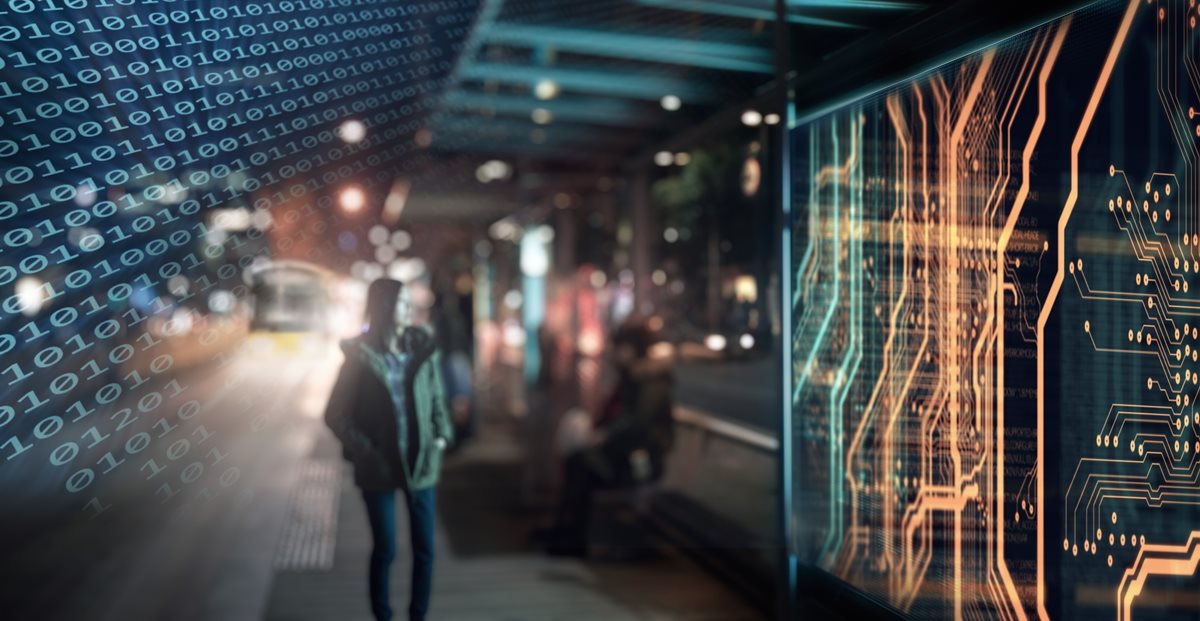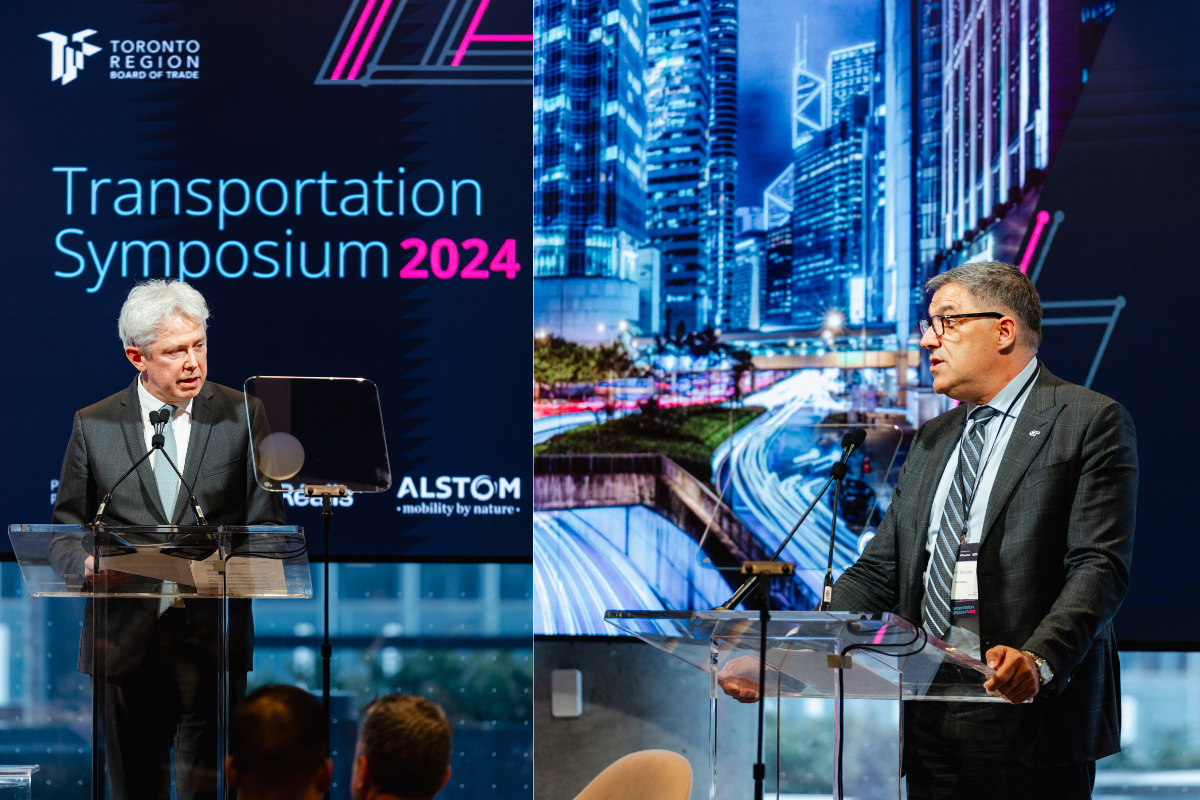
Steven Montagnon is the Digital Services Regional Head of Alstom Americas.
Today, the complexity of airplane cockpits is a given and we all know how many screens, bells and whistles have popped up on cars’ dashboards. But the rapid technical evolution of trains, which first rolled out onto tracks in the early 19th Century, doesn’t seem to have seeped into most people’s minds. Seen from a distance rolling across the landscape, a casual observer might think they’ve hardly changed at all.
But take a closer look, because this is not your great grandfather’s “choo-choo”. It’s faster, more energy-efficient and, increasingly, “smarter” than ever before.
Just as the fuels firing the engines have progressed from coal to diesel and, now, electricity, the way trains and their supporting systems are operated has also changed dramatically. The brain power of exceptional people has always been present in the rail industry; now that human intelligence is increasingly complemented and enhanced by the latest in artificial intelligence (AI).
In the 21st Century, sensors, scanners and cameras installed in trains, signalling systems and other infrastructure monitor performance and generate vast reams of data every day. At Alstom, we’re using that treasure trove of information to improve operations, maintenance and, ultimately, passenger experience.
During day-to-day operations, AI helps us monitor, analyse and, at times, predict the fleet’s performance – compiling information on everything from speed and location to temperatures, vibrations and noise. It can help develop solutions to, for example, improve on-time rates, increase the frequency of trains or minimize the amount of energy used to power them. AI has been critical to developing our autonomous, driver-less systems, such as Montreal’s REM light-rail metro system.

On the maintenance front, Alstom’s online HealthHub platform is designed to capture, analyse and display information covering more than 200 aspects of overall train and system performance. The data that is continually collected from locomotives, passenger cars and an overall public transit system can be used to detect and diagnose problems in real time while enabling predictive maintenance.
Another Alstom innovation powered by AI is InfraScanner, which measures and monitors tracks on a regular basis. It looks for subtle changes that can make a ride less comfortable and, in worst case scenarios, less safe. That helps us step in to fix things before they become serious.
Similarly, Alstom employs a TrainScanner device to assess the condition of the vehicles themselves. Typically deployed every three days as part of the maintenance regime, the TrainScanner systematically assesses and captures data on key train components, including the wheels, brakes and the pantographs. It gives operators a constantly updated picture of every individual train’s condition and expected performance.
Enhanced operations and maintenance make public transit rail systems safer and more cost-effective by helping to minimize downtime or service breakdowns, all of which benefits the riding public today. But there are more ways the data collected can help directly benefit future passengers.

Video and ticket collection information can help system operators improve by answering a myriad of questions. How many passengers are on a particular trip on average? Where do they like to sit? What amenities are they using? Is there enough storage space for things like bikes or suitcases? Future systems might even employ visual “sentiment analysis” to try to determine customer satisfaction based on riders’ facial expressions.
Some people are uncomfortable with or ever afraid of AI. We believe it can and will make people on our trains feel safer and more satisfied. Certainly, AI plays a major role in the vital cybersecurity protecting connected and tech-heavy systems like signalling, or remotely driven or driver-less trains. Sensors and cameras can also detect passenger health issues, potential crimes in progress, fire hazards, abandoned luggage and more.
Because data collection can be a two-edged sword that can be used for and against a system, enhancing cybersecurity is an ever-evolving challenge. When trains run remotely and people onboard are closely monitored, maintaining passengers’ safety and privacy are paramount concerns for Alstom. To tackle this important issue, Alstom is leading a working group aimed at adapting industrial cybersecurity standards for use across all aspects of the railway sector.
By benevolently combining the latest technology with a dedicated commitment to the protection of our clients and passengers, we put enhancing security at the heart of everything we do. The intelligence in the rail travel industry may be increasingly artificial, but the benefits are very real and wide ranging. AI is enhancing rail travel’s value proposition by helping to make it faster, more cost efficient, safer and increasingly environmentally friendly. That’s smart!

